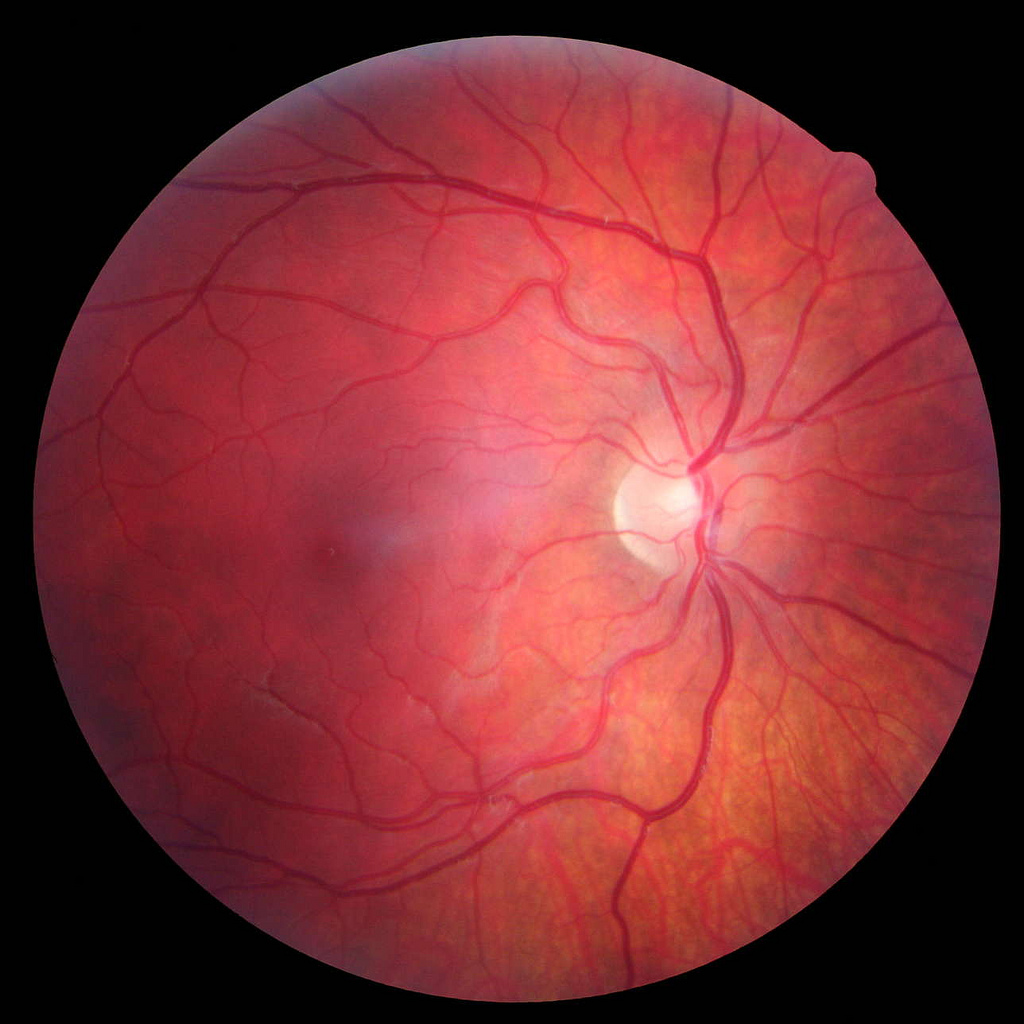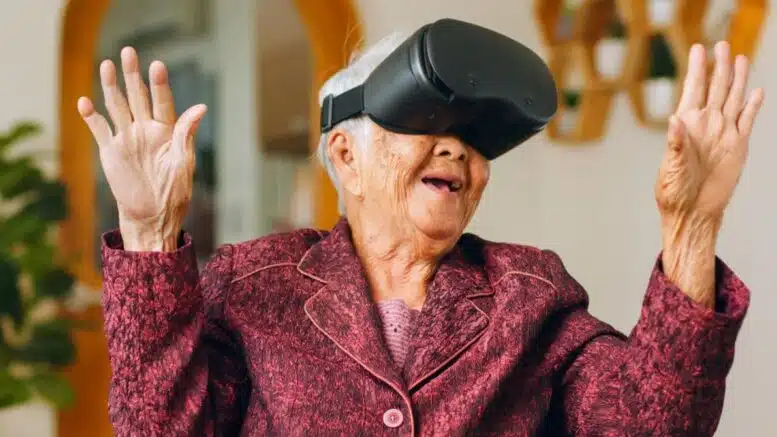Individuals with low vision face daily challenges in their lives that could affect their overall well-being. The World Health Organization (WHO) defines low vision as “a visual impairment that cannot be corrected through the use of glasses, contact lenses, or other optical devices and limits an individual’s ability to carry out everyday activities.” While low vision is typically associated with elderly individuals, it can also affect children and adults of all ages. According to the American Foundation for the Blind, there are approximately 25 million adults in the United States who have experienced some form of vision loss.
Fortunately, technology has paved the way for the development of various low-vision aids, which can help individuals with visual impairments cope with daily activities. This article provides an overview of the causes and risks of low vision and the latest developments in low vision technology. It also explores the future possibilities of technological advancements in low vision.
What is Low Vision?
Low vision is a condition in which a person has a significant visual impairment that cannot be fully corrected with glasses, contact lenses, medication, or surgery. People with low vision have some remaining vision, but it is usually not enough to perform daily activities such as reading, driving, or recognizing faces without difficulty.
Low vision can be caused by a number of conditions such as age-related macular degeneration, glaucoma, diabetic retinopathy, cataracts, and retinitis pigmentosa, among others. It can also be the result of an injury or genetic condition.
There are many different aids and devices that can help people with low vision, such as magnifying glasses, telescopic lenses, closed-circuit televisions, and screen reading software. Rehabilitation services, including vision therapy, occupational therapy, and orientation and mobility training, can also help people with low vision learn how to adapt to their visual impairment and continue to lead productive and independent lives.
Causes of Low Vision
Low vision can be caused by several factors, including eye disease, injury, or aging. Some of the most common causes of low vision include macular drusen, glaucoma, diabetic retinopathy, cataracts, and trauma to the eye, head, or neck.
Age-related macular degeneration (AMD): This is a condition that affects the macula, which is the central part of the retina. As we age, the macula can deteriorate, leading to a loss of central vision.
Glaucoma
This is a group of eye diseases that damage the optic nerve, which is responsible for transmitting visual information from the eye to the brain. Over time, glaucoma can lead to a loss of peripheral vision.
Diabetic retinopathy
This is a complication of diabetes that affects the blood vessels in the retina. Over time, high blood sugar levels can damage these blood vessels, leading to a loss of vision.

Cataracts
This is a condition in which the lens of the eye becomes cloudy, making it difficult to see clearly.
Inherited retinal degenerations
These are a group of genetic conditions that cause the retina to degenerate over time, leading to a loss of vision.
Traumatic injuries to the eye
These can include injuries from accidents or sports and can cause damage to the structures of the eye that are essential for vision.
Stroke
A stroke can affect the part of the brain responsible for vision, leading to vision loss or impairment.
Brain injury
Similar to a stroke, a brain injury can affect the part of the brain responsible for vision, leading to vision loss or impairment.
Eye tumors
Tumors in or around the eye can cause vision loss, depending on their location and size.
Risk Factors of Low Vision
Some of the factors that could increase the risk of low vision include age, family history, chronic health conditions, poor diet, smoking, inactivity, and certain occupations such as welding and construction.
The Latest Developments in Low Vision Technology
Various low-vision aids are available to help individuals with visual impairments cope with daily activities. These include:
Headsets and Electronic Glasses
Wearable devices such as headsets and electronic glasses use digital technology to help low-vision individuals see objects clearly from far away. They also have built-in cameras that capture images and send them to a mobile device or screen. This technology provides a new way for low-vision individuals to see the world around them.
Smartphones and Tablets with Accessibility Features
Smartphones and tablets with accessibility features make it easier for individuals with low vision to use technology. These features include text-to-speech and speech-to-text functions, magnification, and high-contrast displays. Apps are also available to help low-vision individuals navigate maps and read books.
Sensors and Wearable Devices
Sensors and wearable devices can help low-vision individuals with their navigation. For example, a wearable device worn around the neck can detect obstacles and provide tactile feedback. Other devices can also be attached to a guide dog harness or walking cane to provide additional sensory information for low-vision individuals.
Robotics and Artificial Intelligence
Artificial intelligence (AI) and robotics can assist low-vision individuals with tasks that require precision or accuracy. Robots can also help with household chores such as cleaning and cooking. AI-powered devices can assist with reading, writing, and other tasks that require visual acuity.
Success Stories of Low Vision Technology Users
Low vision technology has helped many people with visual impairments achieve their goals. Here are some examples:
- Blind musician Dave Power uses electronic glasses to read sheet music and see the audience during performances.
- Lizbeth Mejia, a college student with visual impairments, uses a text-to-speech app on her phone to read books and take notes.
- Erik Weihenmayer, a blind mountain climber, uses a wearable device to detect obstacles and provide haptic feedback.
